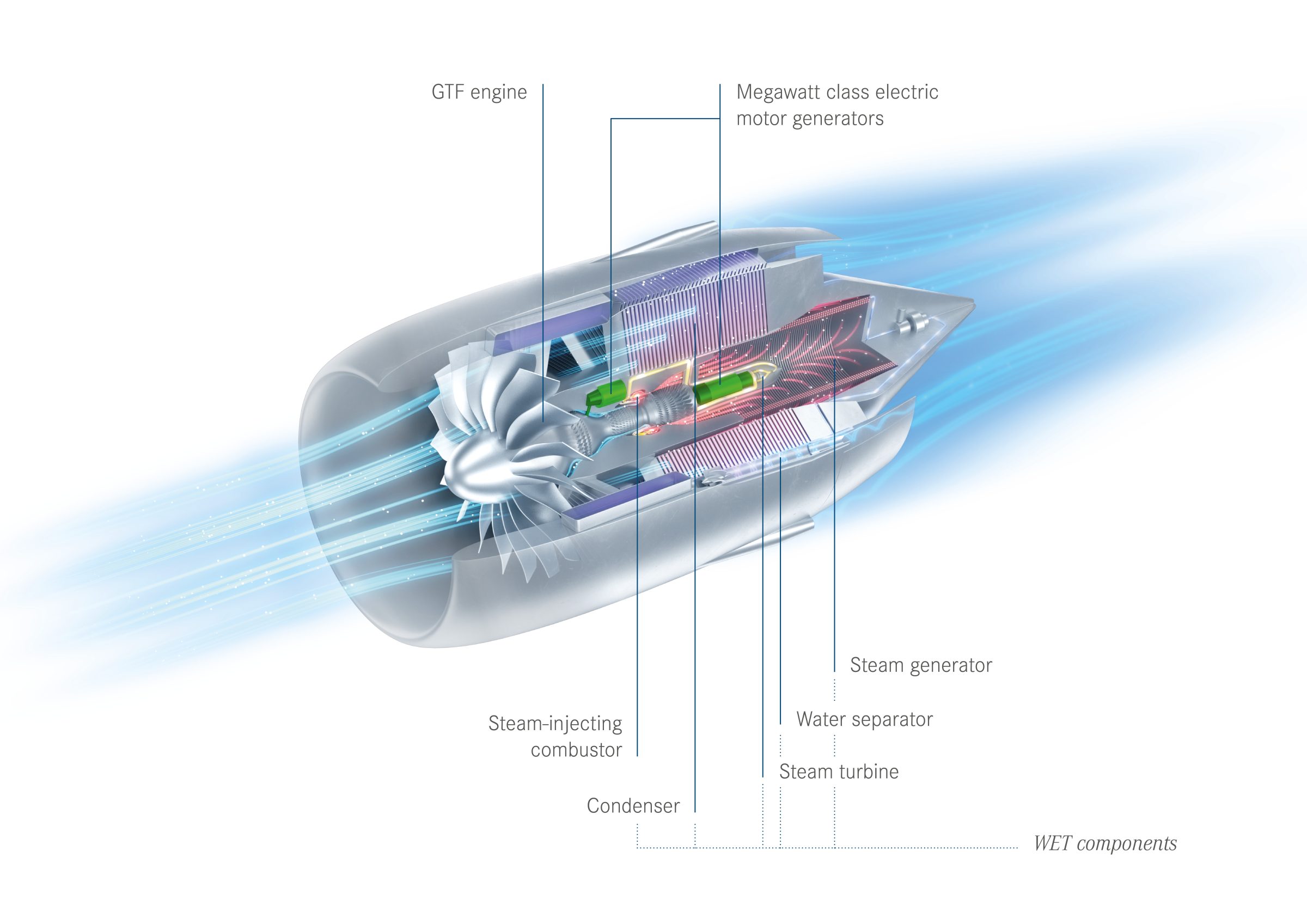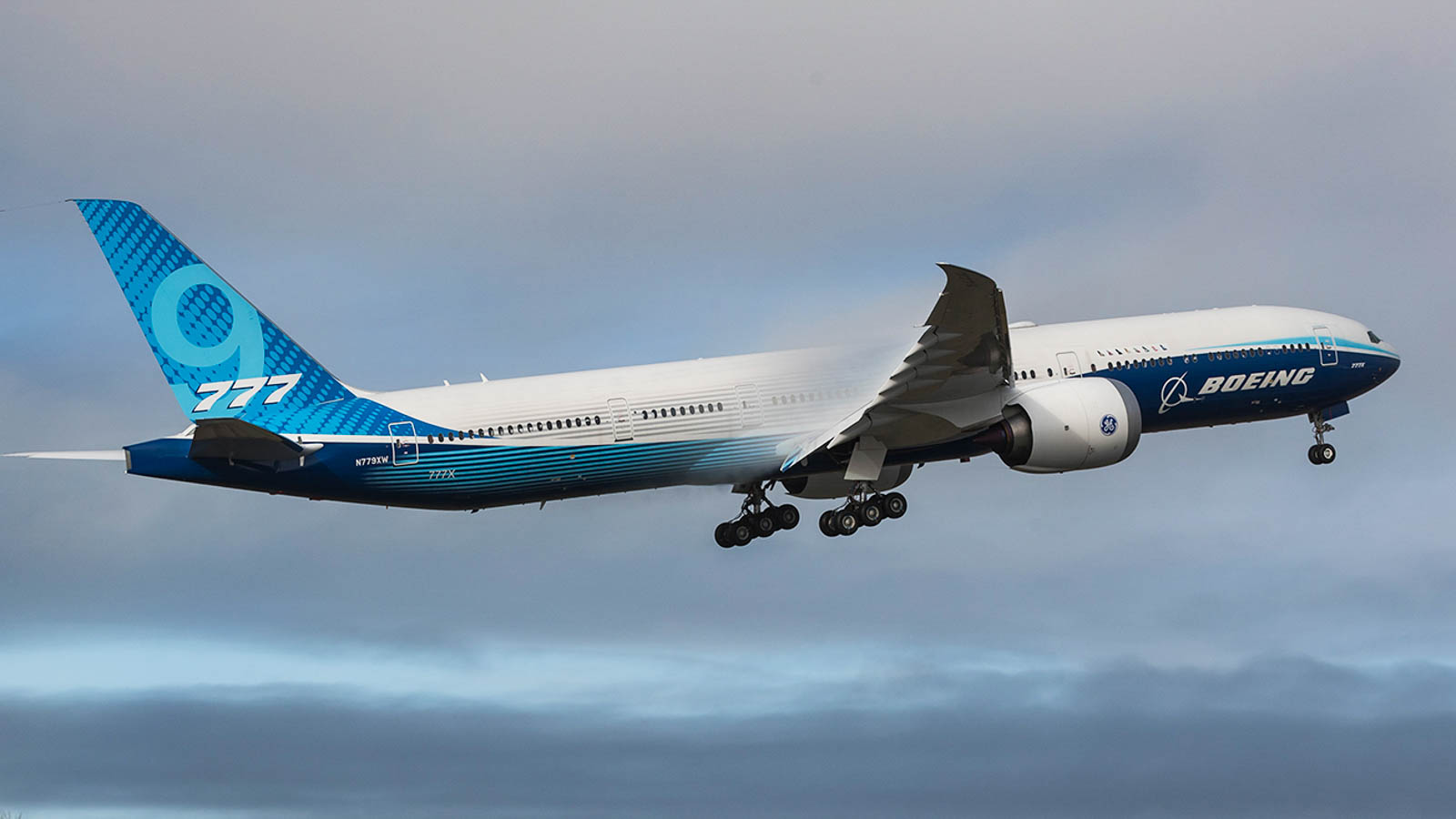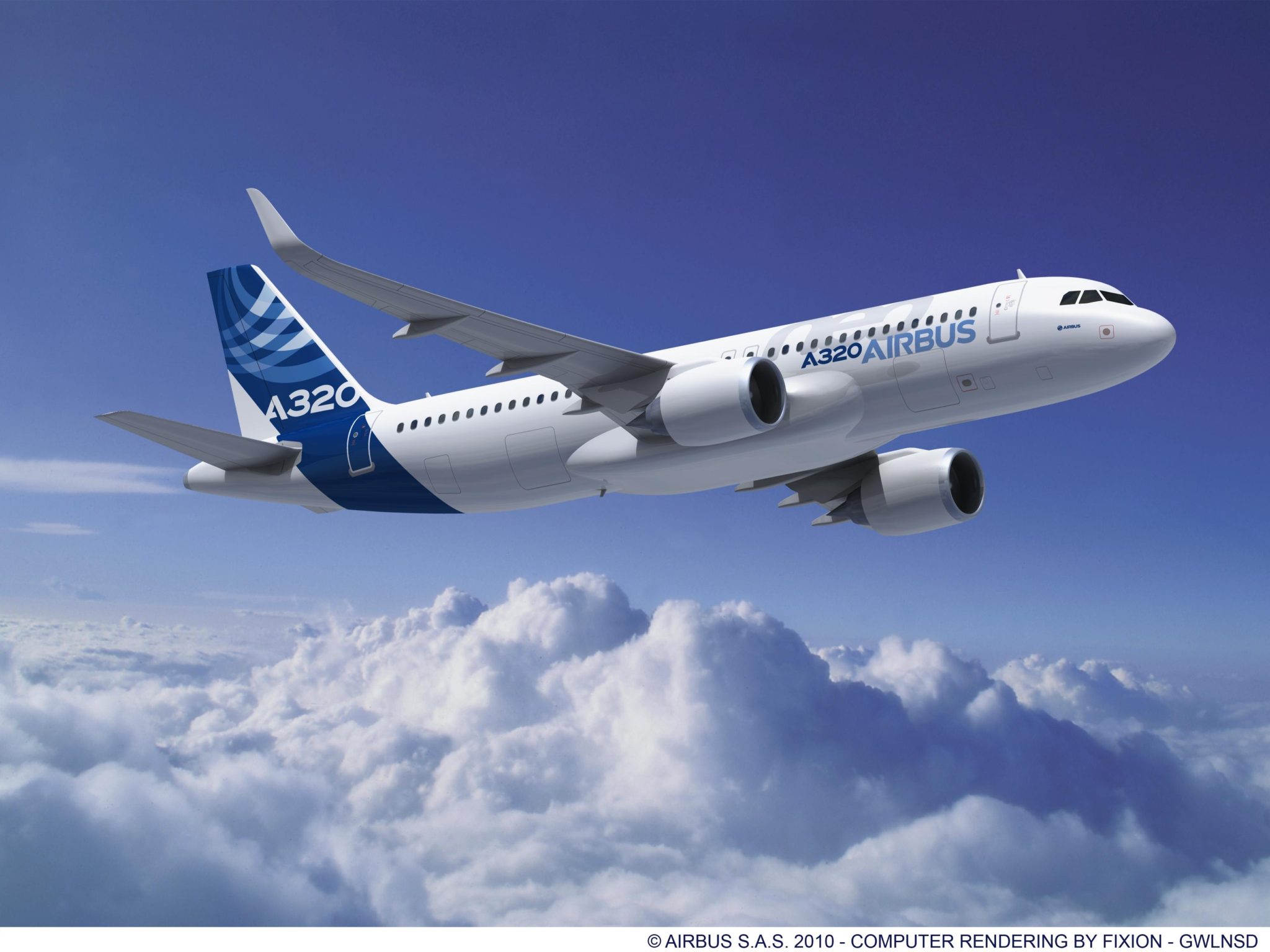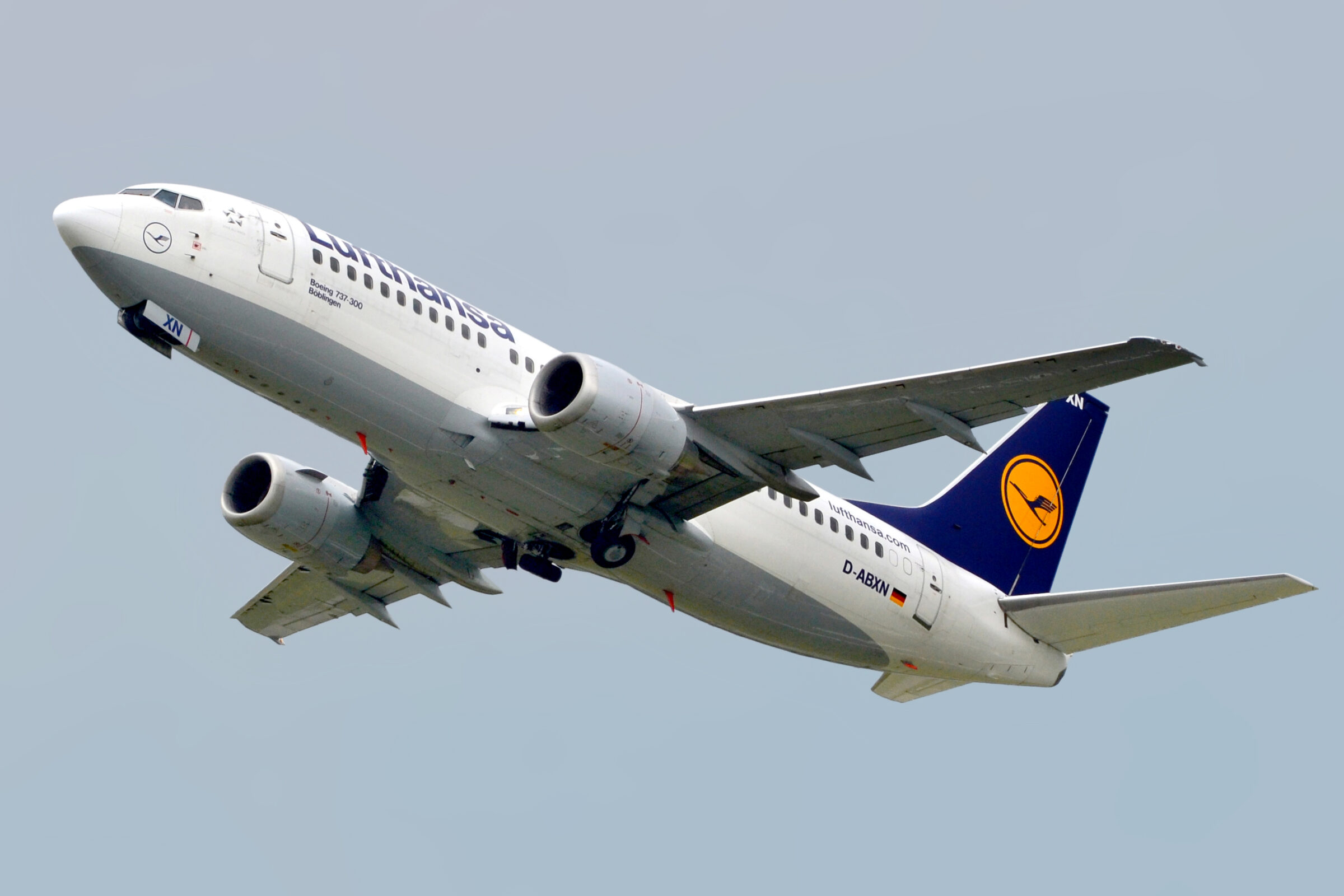Leeham News and Analysis
There's more to real news than a news release.
The Airbus A220-500, a deep-dive analysis
Subscription required
By Bjorn Fehrm
Jan. 20, 2023, © Leeham News: It’s a question “of when, not if” there will be an A220-500, we conclude in Tuesday’s article.
We have known about the -500 since the Bombardier days. A longer CS300 was part of the original concepts when the CS100 and CS300 were developed to safeguard that no decision on the smaller variants precluded a larger variant.
As Airbus A321 grows its share of the A320 lines’ output, an A220-500 makes sense, but only when the two A220 final assembly lines in Mirabel and Mobile can produce enough A220s to satisfy demand.
What would be the characteristics of an A220-500? We use our aircraft design and performance model to determine what is possible.
Summary:
- The Airbus A220 has the base capabilities for a stretch to an A220-500.
- Some changes/improvements are needed, but these are limited to detailed changes beyond a fuselage stretch.
Airbus CCO: “When,” not “if” A220-500 comes; a deep-dive analysis
Subscription Required
By Scott Hamilton
Jan. 18, 2023, © Leeham News: Airbus chief commercial officer Christian Scherer has been open: it is a matter of “when,” not “if” Airbus proceeds with a stretched A220-500.
A220-500. Credit: Leeham News.
The A220-500 would be the third member of the A220 family. The A220-100 is a 110-seat airplane in a typical two-class configuration. The A220-300 seats 135 passengers. The A220-500 would seat around 157, competing head-on with the Airbus A320neo at 152 and the Boeing 737-8 at 164.
The -500 was projected by Bombardier as the CS500. Bombardier focused its commercial aviation future on the C Series. In doing so, it neglected sales efforts on the CRJ and Q400 regional jet and turboprop. Development of the C Series, like programs at Airbus and Boeing, ran billions of dollars over budget. Developed concurrently with two corporate jet programs that also ran well over budget, Bombardier was on a path toward bankruptcy.
Airbus purchased a controlling interest in the CSeries program in 2017 and now owns 75% of the program. But so far, Airbus hasn’t stemmed the losses that began under Bombardier. Without the heft of Airbus’ buying power, Bombardier entered costly contracts with suppliers. Airbus has been renegotiating the contracts, with some success, but not enough. Ramping production up to 14 a month by 2025 from the current 6/mo is a key goal. Demand is there and the higher rate will lower costs.
But the A220-500 will compete with Airbus’ own A320neo. So, the plan to launch the A220-500 has this cloud over the decision.
Some believe that the A220-500 will be so much more efficient than the 737-8 that it will “kill” Boeing’s backbone airplane. LNA doesn’t agree.
This article is the first of three that analyzes the A220’s position in the market and the economics of a potential A220-500 vis-à-vis the A320neo and 737-8 MAX.
Summary
- Is the A320neo already on its way out, prompting plans for the A220-500?
- Talk of adding CFM LEAP to provide an engine choice.
- How does A220-500 compare economically with A320neo, 737-8?
Pontifications: A lost decade for new airplanes
Subscription Required
Dec. 5, 2022, © Leeham News: In September 2020, LNA wrote that commercial aviation was facing a “lost decade.”
The impetus for this prediction was the COVID-19 pandemic crisis.
“Commercial aviation is facing a lost decade due to COVID,” we wrote. “Yes, most forecasts target 2024-2025 as returning to 2019 passenger traffic and aircraft production levels. However, LNA in July published its own analysis indicating full recovery may not occur until 2028.”
Nobody predicted that effective vaccines would emerge as quickly as they did. Drug makers in the US and Europe moved heaven and earth to produce vaccines to fight COVID-19. These have been, by and large, extremely effective. (I’ve had two shots and three boosters and have not caught COVID, despite being at one major conference with 13,000 people.)
China created its own vaccine, which failed to stem the tide there. President Xi quickly adopted total lockdowns at the first sign of outbreaks. Despite this, China is now setting records for new infections. Commercial aviation recovery there remains underperforming. China’s performance illustrates the underlying reasoning we had in concluding commercial aviation was facing a lost decade.
This sector still faces a lost decade, though for some fundamentally different reasons.
MTU gets support from Pratt & Whitney to develop the WET engine
By Bjorn Fehrm
November 29, 2022, © Leeham News: MTU and Pratt & Whitney presented an EU Clean Sky project today where they will develop an advanced engine concept based on the Pratt & Whitney GTF. The project is called SWITCH, an acronym for Sustainable Water-Injecting Turbofan Comprising Hybrid-Electrics.
There are participants from 11 countries in the project, among them Pratt & Whitney’s sister company Collins aerospace, GKN’s Swedish part, and Airbus.
The engine, which has a mild parallel hybrid architecture, extracts more energy from the turbofan fuel by driving the core exhaust through a vaporizer, where it recovers more heat from the core exhaust, Figure 1. Water from the exhaust, extracted from the core exhaust in a condenser, is heated to steam by the vaporizer and then drives a steam turbine that co-drives the fan. The steam is finally injected into the combustor to lower emissions.
The WET cycle will gain about 10% efficiency compared to today’s GTF. The concept also has a hybrid part which is primarily used for a low-emission taxi.
Engine Development. Part 10. Next generation engines
Subscription Required
By Bjorn Fehrm
Introduction
October 20, 2022, © Leeham News: We finish our series about engine development by looking at the next-generation engines and future trends in airliner engine development.
We limit this look forward to engines that burn Jet fuel (Jet-A1 or SAF) as green propulsion solutions are a vast field and justify their own series. We will pick this up at a future date.
Summary
- The major reduction in fuel consumption and, thus, CO2 emissions will come from new engines.
- The technologies to drive fuel consumption down a further 15% are there.
Engine Development. Part 9. Gearbox or not?
Subscription Required
By Bjorn Fehrm
Introduction
October 13, 2022, © Leeham News: In our series, we look at the development of the latest single-aisle engines. Should these be geared? What do you gain and risk with a geared design? Is this a new development, or has it been around for a long time?
We examine the development of single-aisle engines since 2000, their fuel efficiency, and operational reliability.
Summary
- A geared design fixes some fundamental problems in a two-shaft turbofan.
- CFM proves you could just as well further develop what you have.
Engine Development. Part 7. Engine reliability changes the aircraft market
Subscription Required
By Bjorn Fehrm
Introduction
September 29, 2022, © Leeham News: The 1970s saw the introduction of the High Bypass engine for the medium/long range Boeing 747, Douglas DC-10, and Lockheed Tristar, with Airbus A300 employing an updated variant of the DC-10 engine for medium range missions.
In the following decades, these engines introduced improved technology and matured into new levels of reliability. With the increase in reliability came changes in how long-range aircraft were designed.
Summary
- The engine development after the introduction of the high bypass turbofans in the 1970s focused on reliability and higher efficiency rather than new design principles.
- The change in reliability made the two-engined long-range aircraft the winner over three and four-engine aircraft.
Achieving net zero carbon is a promise you can keep: P&W’s Webb
Subscription Required
By Scott Hamilton
Sept. 26, 2022, © Leeham News: The International Civil Aviation Organization (ICAO) is nearing the next step in support of dramatically cutting emissions by airlines and the aviation industry.
“ICAO has been working for about the last three years on something called a long-term aspirational goal (L-TAG). That’s regarding a study that was conducted by a number of their scientists to determine if it is feasible for the aviation industry to reduce its carbon emissions specifically, to achieve a net zero standard. That’s what for a long-term aspirational goal is,” said Graham Webb, Chief Sustainability Officer for Pratt & Whitney. “At this point, the study has been completed and has been reviewed by 93 member states. It would appear that the initial motion of the language that is going to be put forward will pass.”
ICAO previously adopted the Carbon Offsetting and Reduction Scheme for International Aviation (CORSIA). L-TAG is the next step, Webb said in an interview this month with LNA.
“Once that is in place, it will enable ICAO, much as it already is done with CORSIA, to establish policies that would then be enforced by all its member states in a common, in a related way as opposed to the concern that many people have had, where you would see a patchwork. You would see some countries, such as the United States, providing incentives through vendors’ tax credits. You would see Europe in the form of mandates and taxes. They have this Emissions Trading Scheme that they’ve been putting forward and running through the Parliament. The overall objective is to have this singular global aviation industry, regulatory body, ICAO, that would then set the guidelines for the industry.”
Engine Development. Part 6. High Bypass goes mainstream
Subscription Required
By Bjorn Fehrm
Introduction
September 22, 2022, © Leeham News: With the introduction of the High Bypass engine for the Boeing 747, Douglas DC-10, and Lockheed Tristar, it was obvious Pratt & Whitney’s low bypass engines on the Boeing 707, 727, 737, and Douglas DC-8, -9 should be attacked with a new High Bypass engine in this thrust class.
French Snecma and GE teamed up to break Pratt & Whitney’s monopoly of the jet engine market outside the widebodies. The CFM56 was born.
Summary
- With an exclusive fit on the Boeing 737 and a 10-year introduction advantage on the A320, the CFM56 has dominated over the competing IAE V2500.
- The CFM56 is the world’s most produced jet engine, with over 32,000 engines produced to date.
Pontifications: No engines, billions shy, devastating enviro analysis, Boom’s CEO still exudes optimism
Sept. 20, 2022, © Leeham News: Blake Scholl, the founder and CEO of Boom, the start-up company, continued to paint an optimistic picture about the Overture Supersonic Transport.
He told the US Chamber of Commerce Aerospace Summit last week that the Overture, a Mach 1.7 88-passenger aircraft concept, will revolutionize international air travel.
But Boom has big challenges ahead—not the least of which is that there is no engine manufacturer so far that has stepped up to provide an engine. The Big Three—GE Aviation, Pratt & Whitney, and Rolls-Royce—have either outright rejected participation or other priorities exist.
Plethora of Challenges
- Rolls says publicly it won’t pursue an engine for Boom. GE told LNA it’s not interested in developing an engine for Boom. P&W is focused on advances for its GTF, developing sustainable technology and military engines.
- The International Civil Aviation Organization (ICAO) in July issued a report on the environment that eviscerated SSTs and the SAF concept outlined for Boom. The report included analysis from the International Council on Clean Transportation (ICCT).
- Scholl claims a market demand for thousands of SSTs but Boom’s 2013 study by Boyd International forecast a market demand over the life of the program of 1,318 Overtures. Some thought this figure was generous.
- Boyd’s report also concludes Boom needs a Mach 2.2 airplane to be commercially viable. Scholl reduced the speed to 1.7. This means that in some cases, airline crews can’t do a round trip from the US to Europe without a relief crew, which upsets some of the economics.
- If Boom were a publicly traded company, all the orders would fall under the ASC 606 accounting rule that questions the viability of those orders.
- Scholl told AIN Online Boom needs $6bn to $8bn to come to market and so far, it has raised $600m.
- And we don’t get into the certification and regulatory hurdles. Among them: In his presentation to the Chamber, Scholl said there are 600 potential SST markets. He included some inland in the US, where there is a ban on SSTs flying over land.










